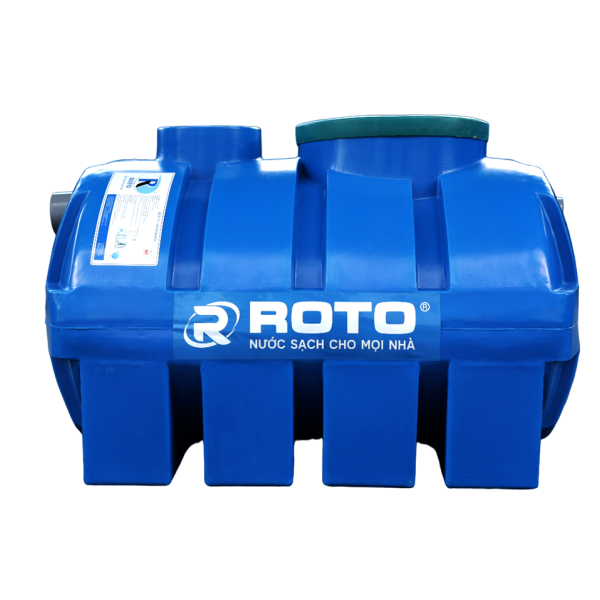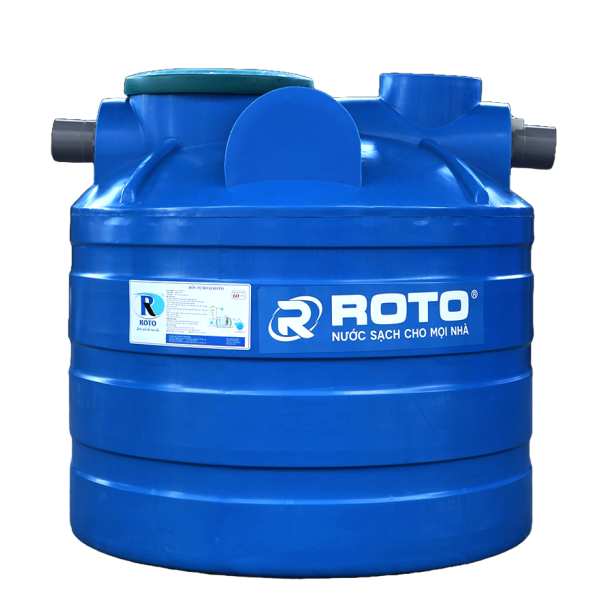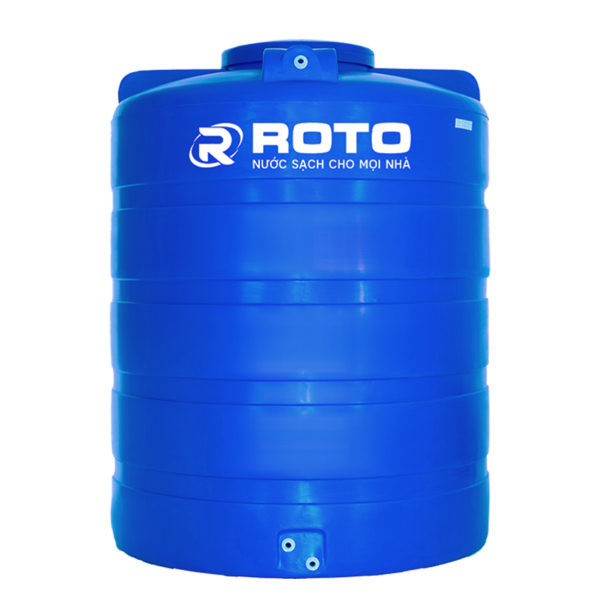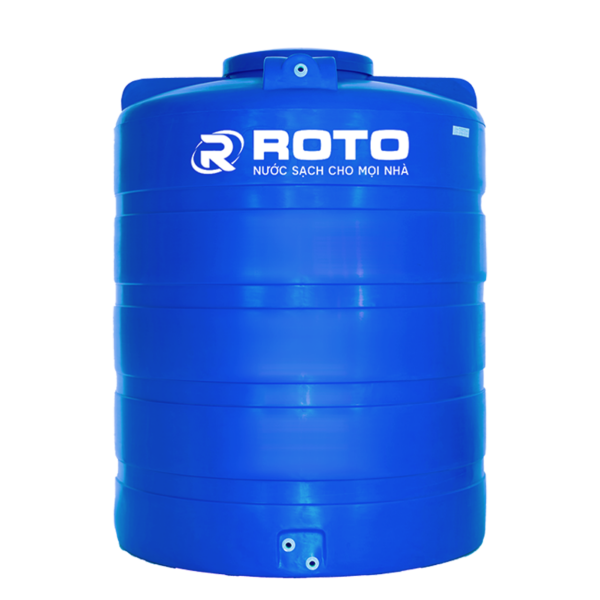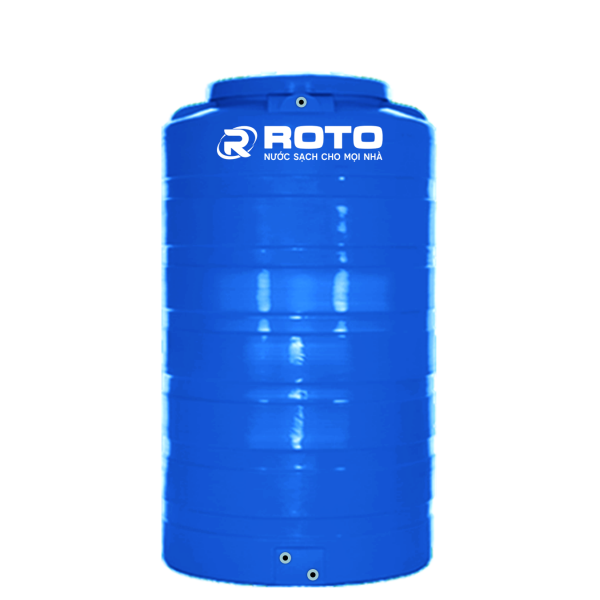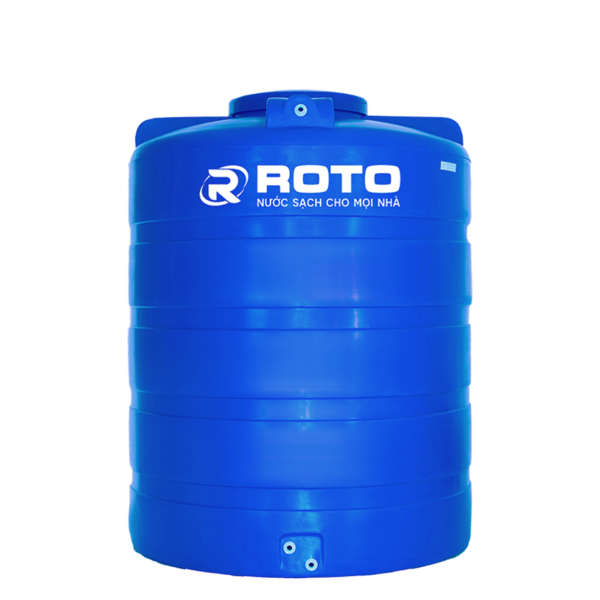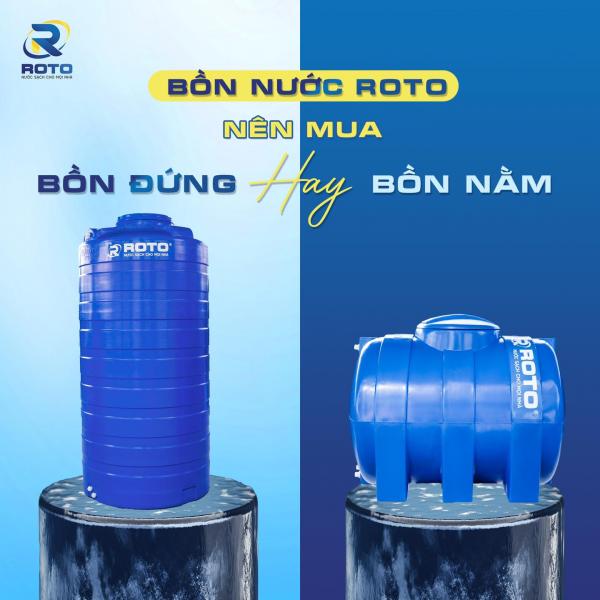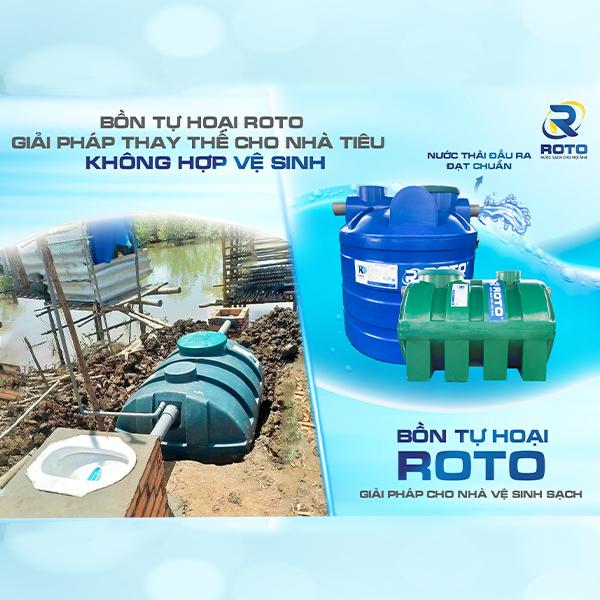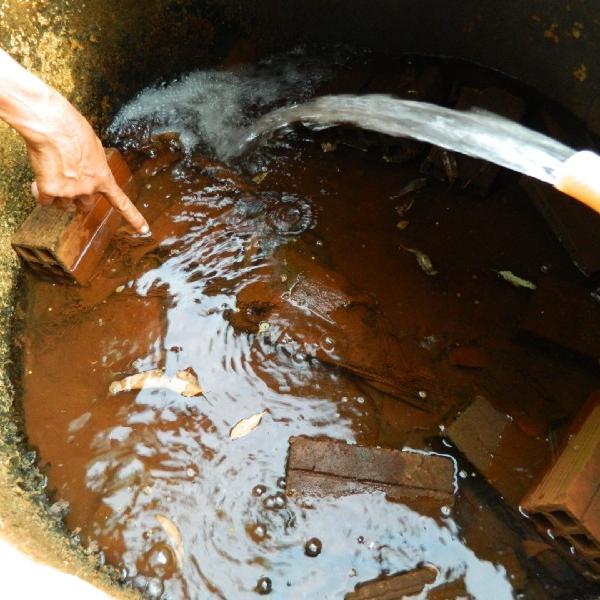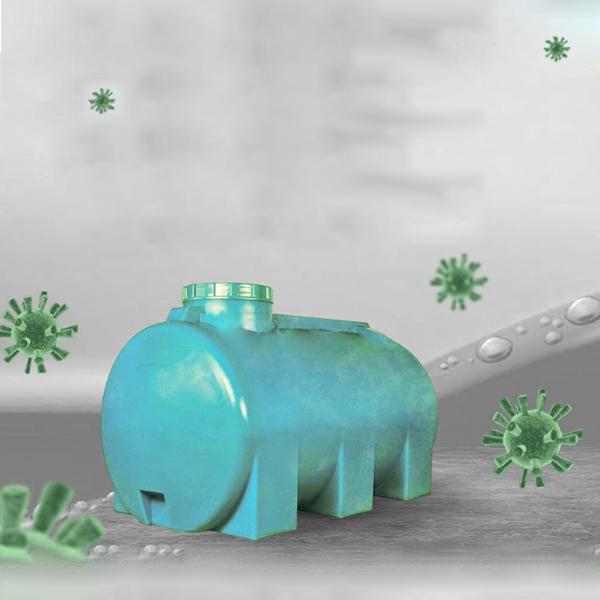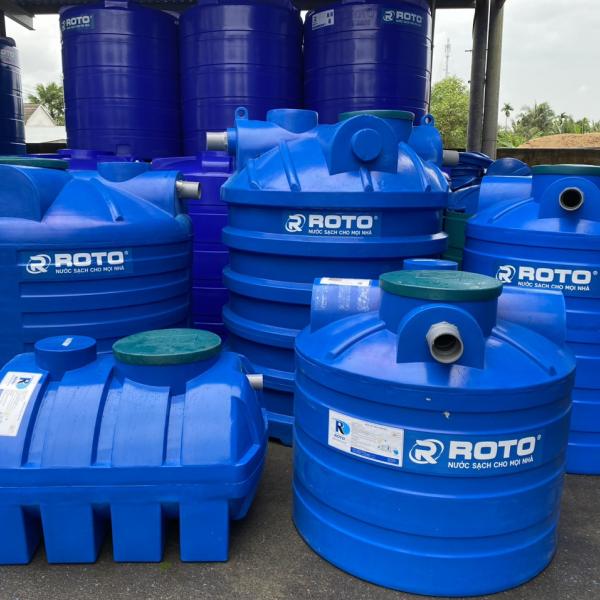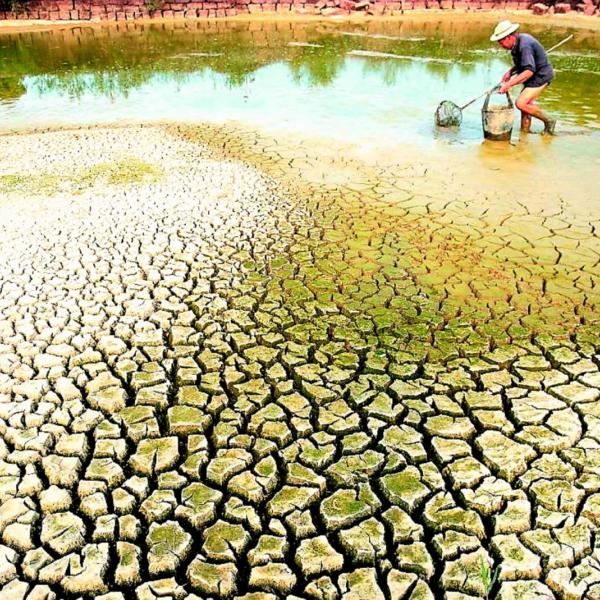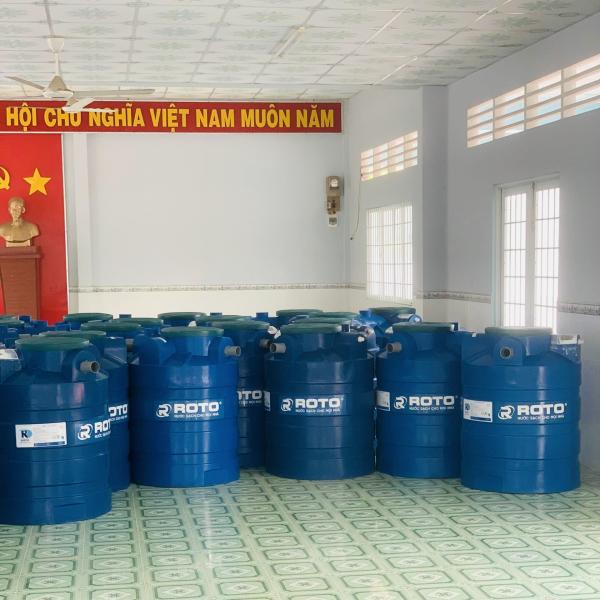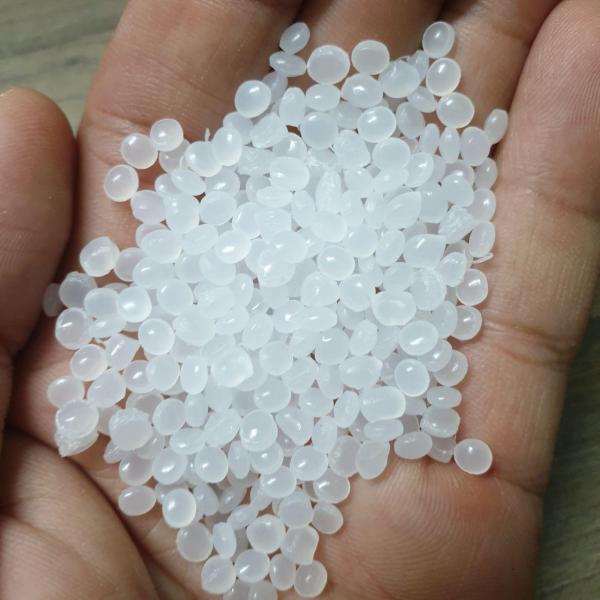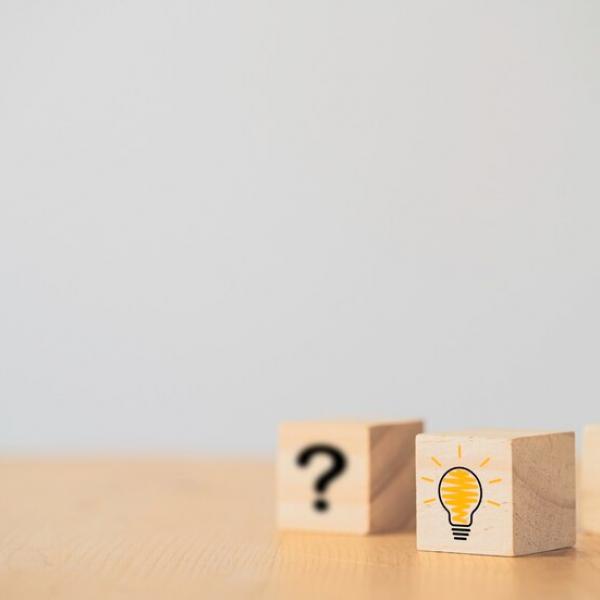A shocking number, the world today has more than 1 billion people living with severe shortage of clean water. In addition, there is a significant disparity in the distribution of clean water in developed and underdeveloped countries.
Vietnam is also a country facing the risk of lack of clean water. It is estimated that every year, our country has about 9,000 deaths related to water quality, 200,000 people get cancer due to poor quality water sources. That said, the series about "Water Pollution" should be of interest to everyone.
What is water pollution?

According to Wikipedia, water pollution is the phenomenon of areas such as rivers, lakes, seas, groundwater, etc., which are polluted by natural and human activities. The main causes are substances in pesticides, untreated industrial waste, domestic waste, etc.
Water pollution refers to the phenomenon of water sources being contaminated, changing composition and quality in a bad direction, including substances that are toxic to humans and living organisms in the environment. nature. Changes in water composition and quality do not meet different uses, exceed permissible standards and negatively affect human life and health.
Water in nature exists in many forms such as river, lake, sea... In modern daily life, the rate of water pollution tends to increase rapidly. Business units, production units, factories, enterprises and households are direct sources of waste that pollute the environment in various forms.
In short, water pollution tends to increase rapidly and alarmingly in our country as well as in the whole world. The demand for water is increasing, but the rate of water pollution is as fast as today, in the near future, people will have a serious shortage of clean water. The number of deaths and diseases related to water sources will increase rapidly. The awareness and taking measures are really necessary at this time. The sense of each individual in the community should be enhanced.
Status of water pollution in the world

The more developed the technology and agriculture industries lead to a series of accompanying consequences. Water pollution is one of those consequences. Asia currently has the highest level of environmental pollution in the world. The state of domestic toxins in Asia is three times higher than in other parts of the world.
Statistics of the United Nations Environment Program (UNEP) show that up to 60% of water sources in the rivers of 3 continents Asia, Africa and Europe are polluted. According to Unicef, 5 countries have the most polluted water sources: Indonesia, Thailand, Philippines, China and Vietnam. In Bangladesh, nearly 1.2 million people have to use polluted water when only 15% is clean water that meets standards. In Ireland, about 30% of rivers are polluted while the frequency of their use is increasing.
More importantly, the above figures are only for surface water. That means the pollution level of groundwater sources becomes ever more difficult. Another remarkable statistic of UNEP: "Up to 60% of river water sources in Asia, Africa and Europe are heavily polluted". Unicef continues to announce that: Indonesia, Thailand, Philippines, China and Vietnam are the 5 countries with the most polluted water sources at the moment.
America is a developed country. However, the US is not outside the risk of heavily polluted water environment. According to official statistics from reputable sources, 40% of rivers in the United States are alarmingly polluted. 46% of the lake water here can not survive aquatic life.
Return to the Asian region. This is the focus of the problem of water pollution. The lead content in river water in Asia alone is more than 20% higher than in other regions of the world. In addition to lead, the water safety index exceeded the threshold. The number of microorganisms in rivers the size of Asia is three times higher than the world average.
Status of water pollution in Vietnam
.jpg)
Vietnam is a developing country. Our country is facing a concern because of declining water quality. While the rate of water pollution increases rapidly, there are no policies and plans to prevent and improve water quality.
Firstly, in urban areas of our country, although there are policies and sanctions to protect water sources, the rate of pollution has not decreased. When large cities gather hundreds and thousands of production facilities with increasing waste each year. For example, in Tham Luong industrial zone, contaminated water is estimated at 500,000m3/day. This area concentrates quite a lot of facilities producing dyes, textiles, prices, washing powders...
Hanoi has up to 400,000m3 of wastewater discharged into the environment every day. Among them, only about 10% of wastewater has undergone previous treatment. The amount of waste water directly poured into big rivers such as To Lich, Da River, Nhue River... In the past, the media mentioned a lot about the pollution of To Lich river. From blue water has turned to turbid, black. The stench rises up, making locals and tourists dare not come here to visit.
Second, 76% of our countrys population lives in rural areas. This is a sensitive area. In rural areas, infrastructure and technology for waste treatment are limited. Domestic water, solid waste, waste from animals and plants are directly dumped into canals and canals. They quickly resist osmosis and wash away, polluting water sources. This is also a major cause of water pollution in Vietnam today.
The Ministry of Agriculture and Rural Development reported that the average number of Feca coliform bacteria varied from 1,500-3,500MPN/100ml (tested on Tien and Hau rivers) up to 3800-12,500MPN/100ML in irrigation canals. pepper. This situation stems from the misuse of pesticides.
The examples above only reveal part of the truth. To know that, the negative impact of humans causes very heavy consequences. Specifically, data from the Ministry of Health cited: "On average, 9,000 people die each year from using dirty water, 200,000 people get cancer."
Water pollution is alarming
If there are no moves to change, one day recently, clean water has become something of a luxury for you and me. In the next parts of the series "Water pollution" will talk about classification, causes, solutions to improve the quality of domestic water. Do not skip this series if you are really a person who is conscious of protecting yourself, your family and the community.


